OPS & TRAINING
SAF MUST CONTINUE INVESTING STEADILY TO BUILD ITS CAPABILITIES & PEOPLE: DR NG
24 Feb 2023
In his speech on the defence budget at the Committee of Supply debates on 24 Feb, Dr Ng Eng Hen outlined what the SAF has achieved, and its strategy for 2040 and beyond.

The Singapore Armed Forces (SAF) is not relatively large, but it operates modern, state-of-the-art platforms to address a spectrum of security challenges. This was made possible through steady defence investments over the years.
"This modernisation…took two decades, but has been completed successfully – very few militaries have achieved that," said Minister for Defence Dr Ng Eng Hen.
He made these points during his Committee of Supply debate speech on the defence budget on 24 Feb.
The SAF must continue to evolve to meet future challenges head-on – this includes the use of digitalised fighting and support platforms, and a shift towards a greater use of unmanned vehicles and training simulators, he said.
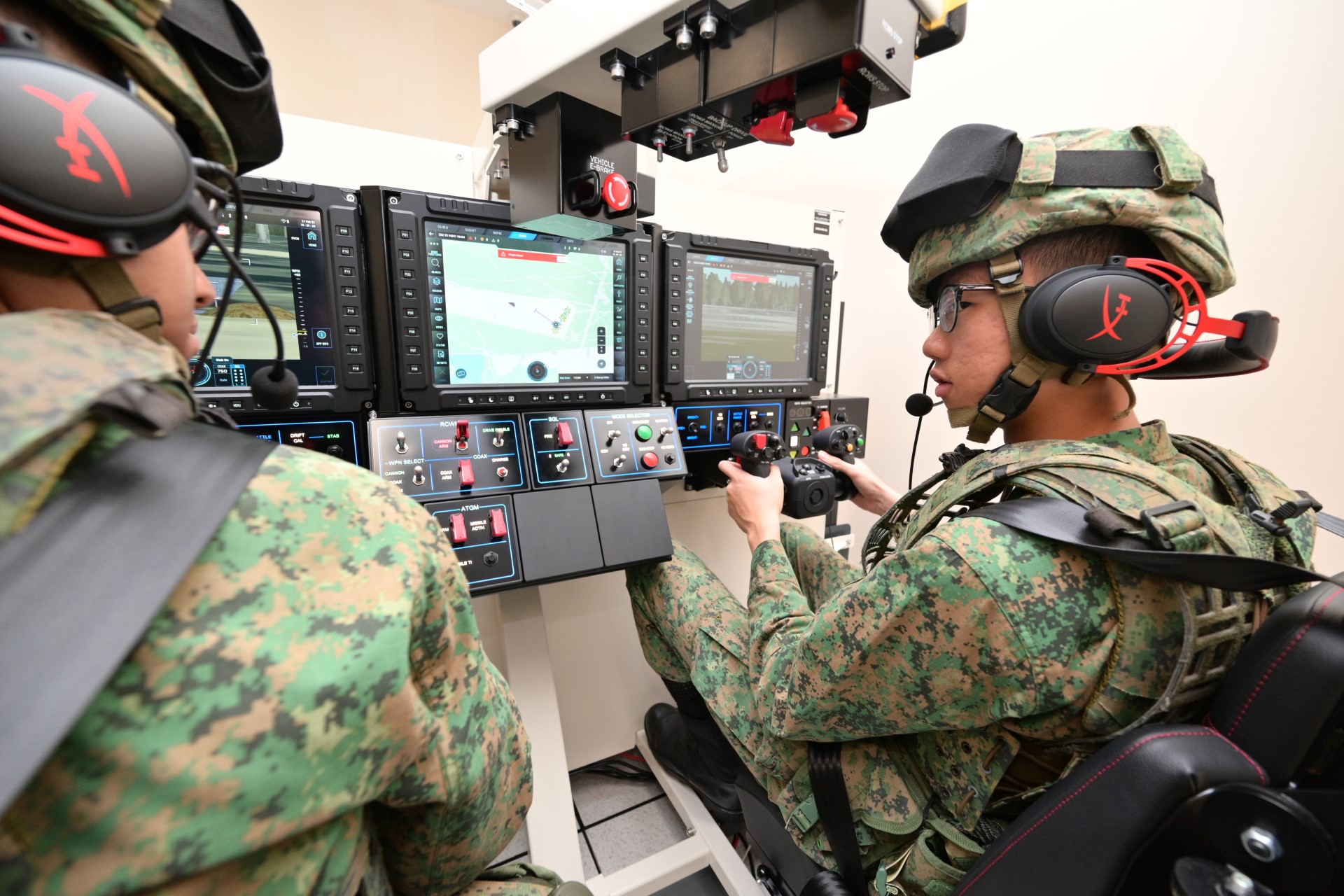
Dr Ng noted that the SAF will increase the use of training simulation by 20 per cent.
He added that the Navy will shift towards a force structure where about half of its vessels are unmanned.
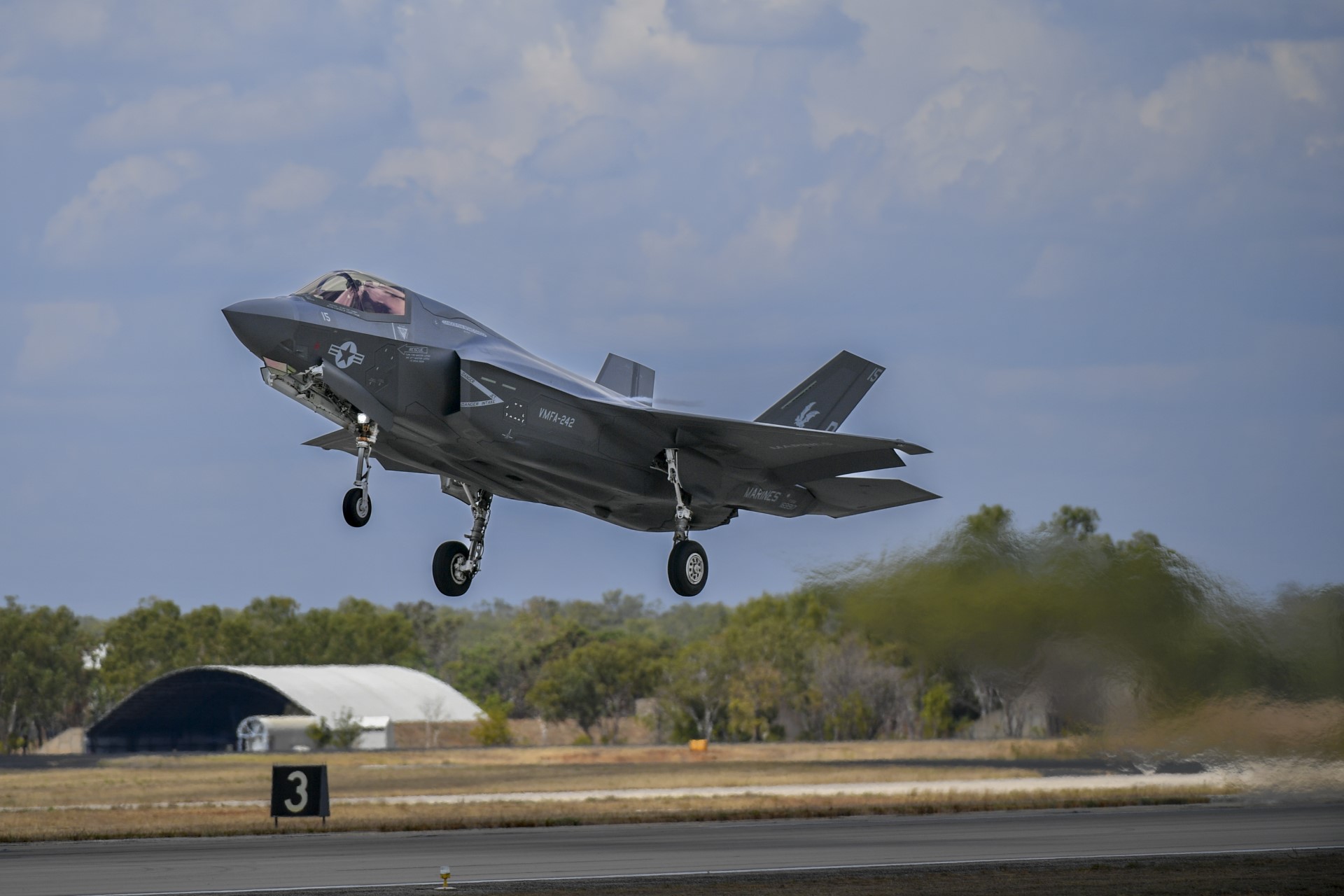
During his speech in Parliament, Dr Ng also announced that the Ministry of Defence will be acquiring eight more F-35B fighter aircraft, on top of the initial four.
More capable on all fronts
As part of its move to become a Next Generation force, the Army has invested in digitalised fighting and support platforms, such as the Hunter Armoured Fighting Vehicle. It will also introduced the Next-Generation Howitzer and Armoured Tracked Carrier, as well as more unmanned aerial and ground vehicles.
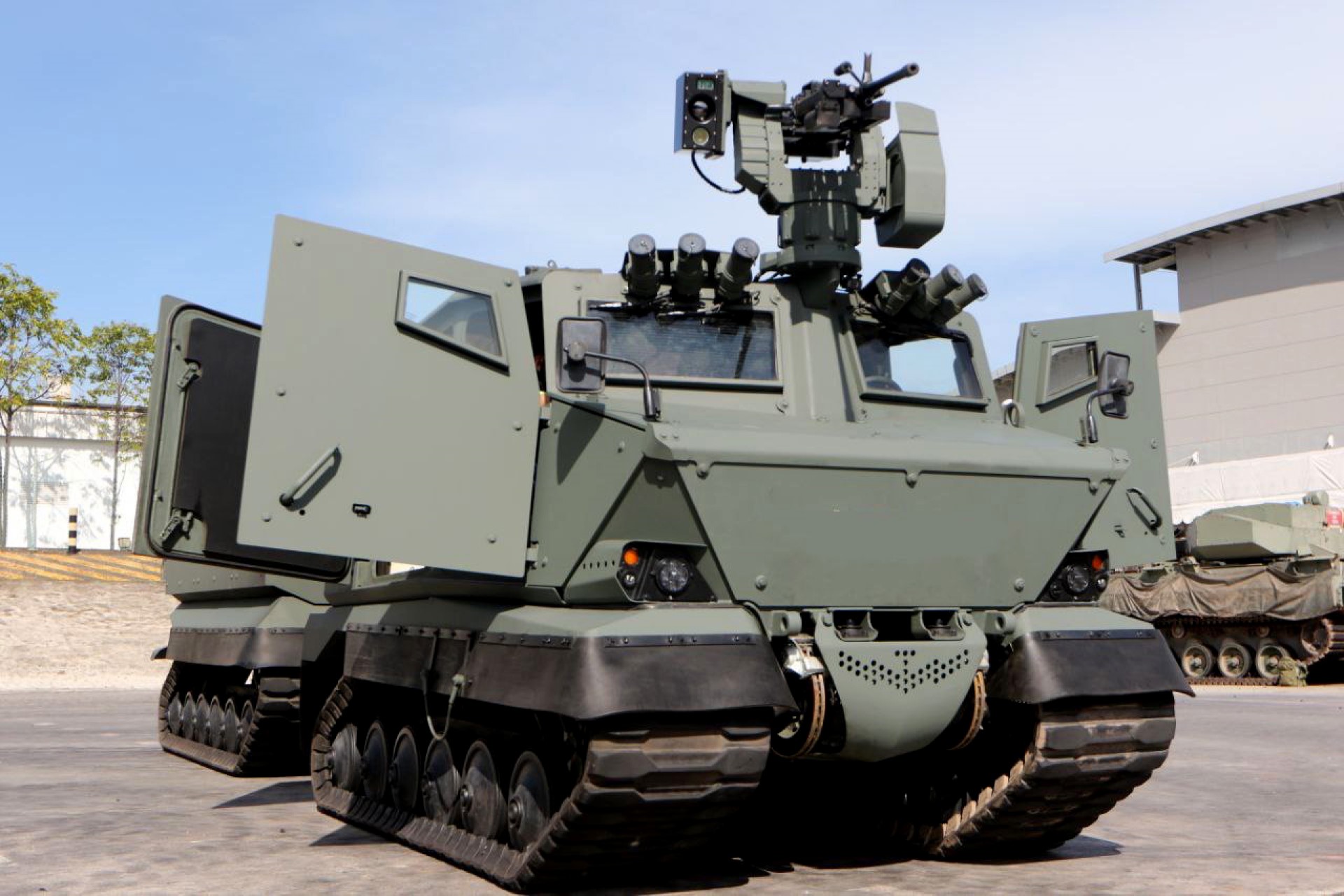
The Navy launched its 2nd and 3rd Type 218SG Invincible-class submarines in Germany last December; the first submarine of this class, launched in 2019, is expected to return home after it completes sea trials this year.
To better defend Singapore skies, the Air Force will be acquiring a second tranche of eight F-35B Joint Strike Fighters. Equipped with an advanced sensor suite, these advanced fighter jets will be able to collect, analyse and share information to enhance the SAF's battlefield awareness.
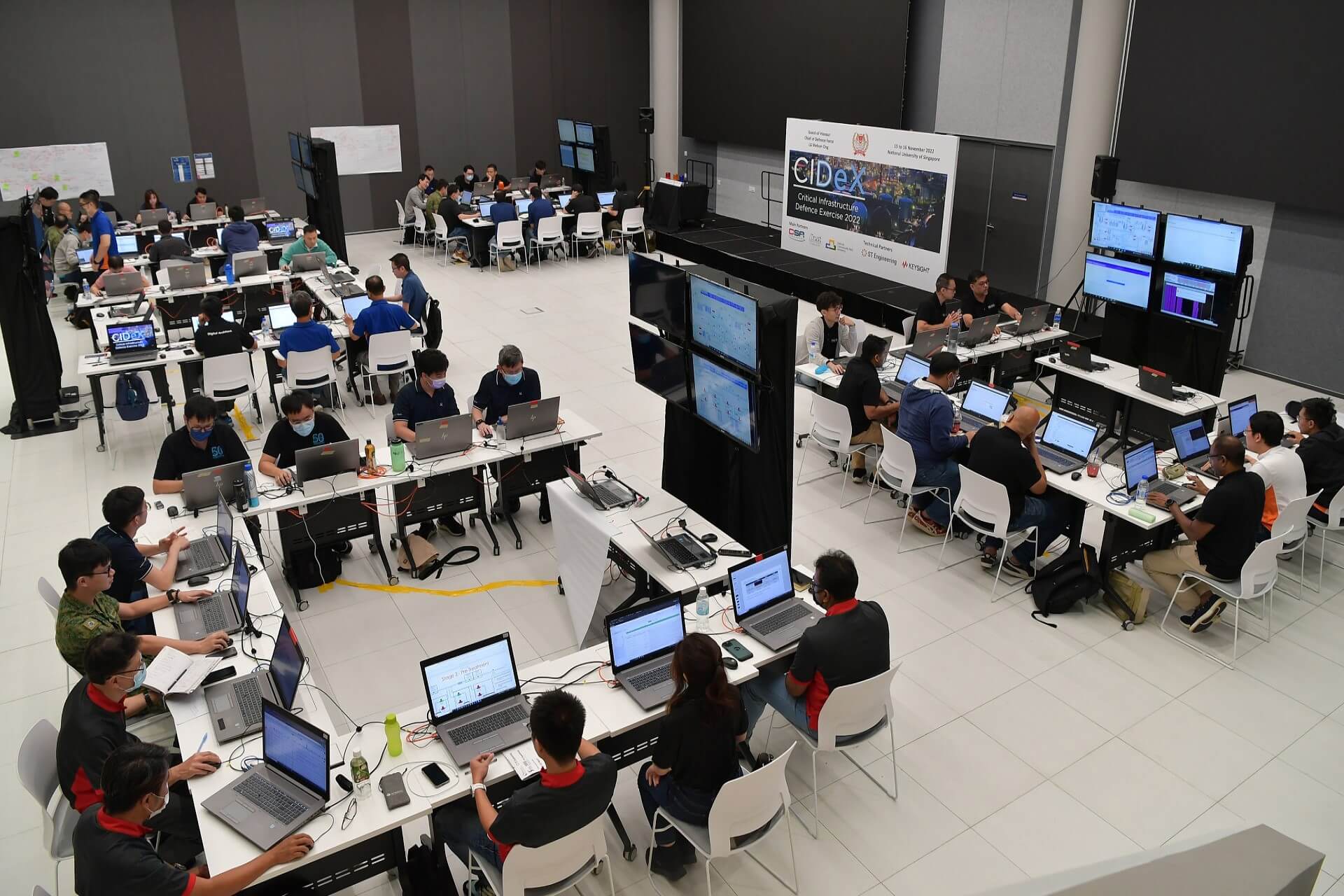
The SAF also established a fourth Service – the Digital and Intelligence Service (DIS) – to tackle present and future threats in the digital domain.
A new SAF digital range will be completed in 2026 for DIS forces to train in. It will contain virtual replicas of networks and systems, to simulate a wider range of cyber-attacks.
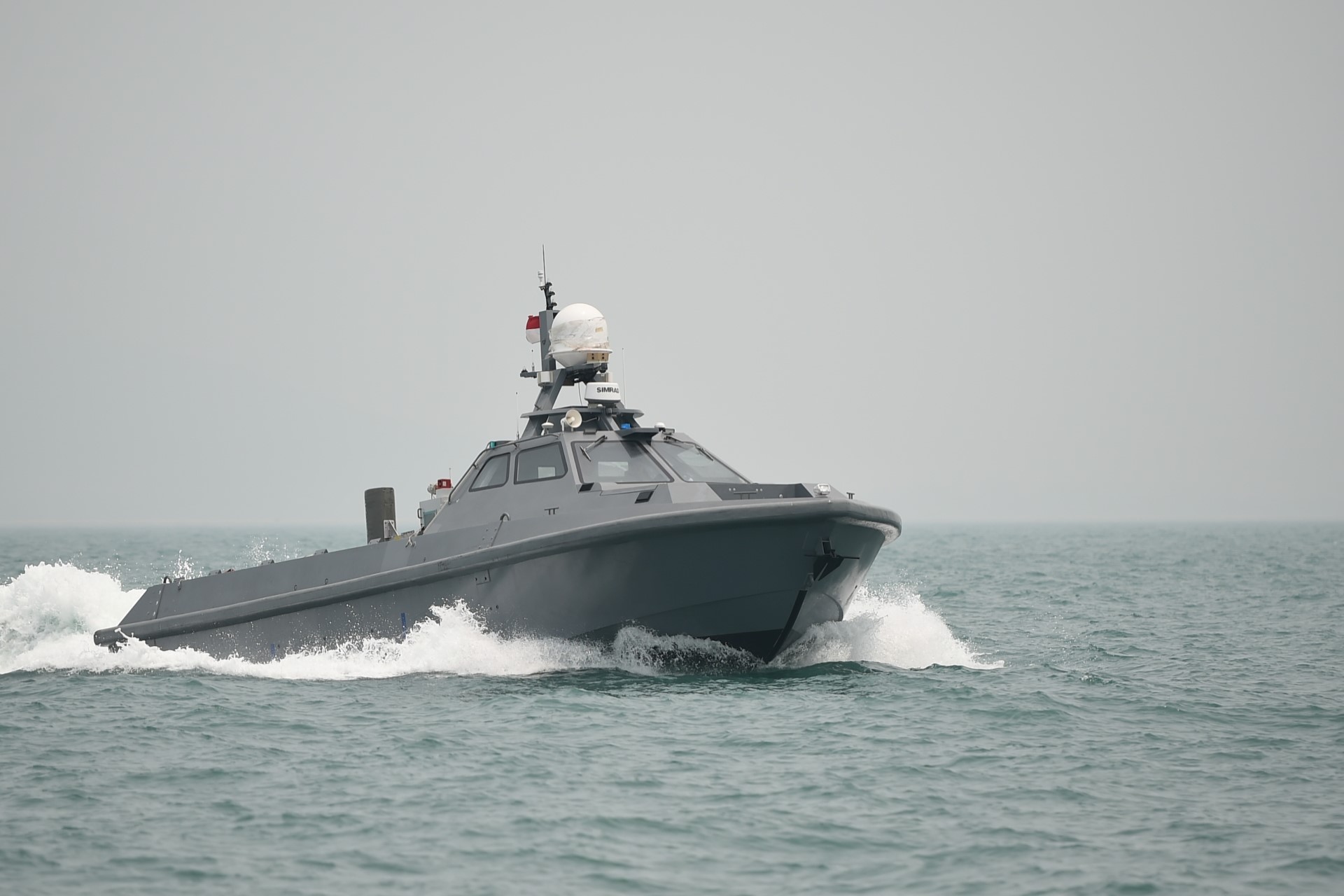
Increasing use of unmanned tech
Dr Ng also highlighted a shift towards unmanned platforms in both military and civilian settings, that can be a "game-changer" when scaled to large numbers and weaponised.
To deal with these disruptions and threats, the Ministry of Defence and the SAF are looking at how Singapore can better defend herself in the future.
An example is the Navy's new Multi-Role Combat Vessel, which will feature autonomous technologies for it to function as a "mothership" for other unmanned platforms. The vessel will be able to operate multiple systems simultaneously, compared to older ships that typically operate one unmanned system at a time.
"The Navy will shift towards a future force structure where about half of its vessels will be unmanned," said Dr Ng.

Enhancing training for soldiers
To make training more realistic and effective for soldiers, the SAF is ramping up use of smart training facilities and advanced simulators.
This includes the new SAFTI City training facility that supports training in complex urban environments, and the three Instrumented Battle Circuits that will surround it. Phase 1 of SAFTI City will be completed next year.
The SAF will also increase the use of advanced training simulators, said Dr Ng.
"Additional live training will be replaced by (simulators), and you can combine simulators now for different platforms."
The Army is currently using an integrated suite of Hunter simulators, which features customisable scenarios and terrain to provide realistic and safe training for Armour personnel.
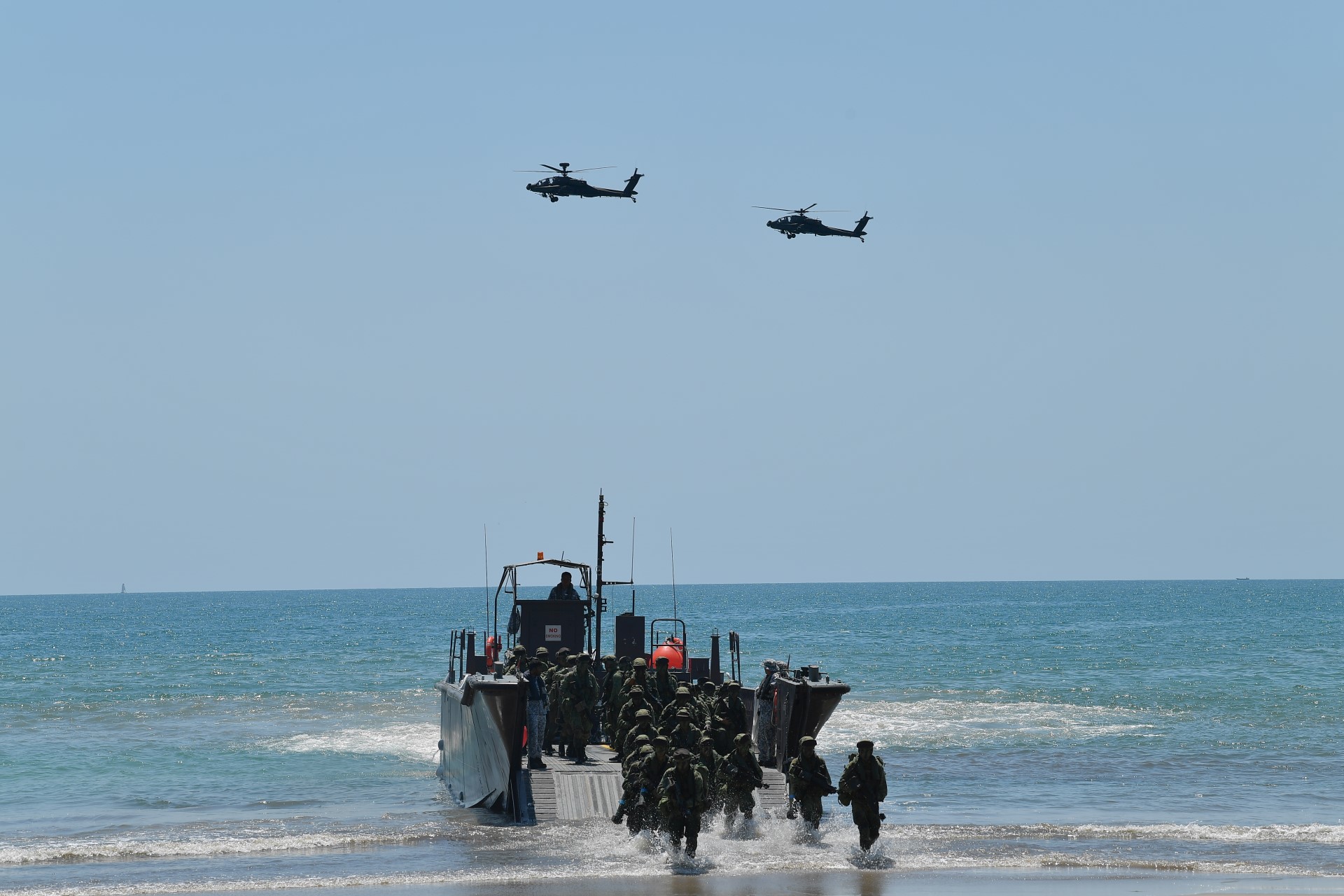
The SAF will also expand its training facilities overseas. Developments at Shoalwater Bay Training Area in Queensland, Australia, will soon allow the SAF to undertake complex and large-scale training and live-firing exercises that cannot be replicated locally.
Dr Ng said: "We can have the best platforms and systems in the world… but it is the spirit and know-how that will determine if the SAF can defend Singapore and its interests successfully."
ALSO READ IN OPS & TRAINING

Exercise Wallaby 2025: To see better, shoot faster
31 Oct 2025
The SAF focuses on complex strike missions and multi-domain integration in Exercise Wallaby 2025, the 35th edition of its largest unilateral overseas exercise.

Ex Wallaby 25 – Greater Integration and Complexity
25 Oct 2025
The 35th edition of the SAF’s largest unilateral overseas exercise is an opportunity for expanded scale and deeper integration towards an effective, networked fighting force.

Ex Forging Sabre ramps up use of unmanned assets in integrated strike operations
12 Sep 2025
In this 10th edition of Exercise Forging Sabre, the SAF sharpened its cutting edge for the dynamic modern battlefield, with expanded integration between manned and unmanned platforms.


